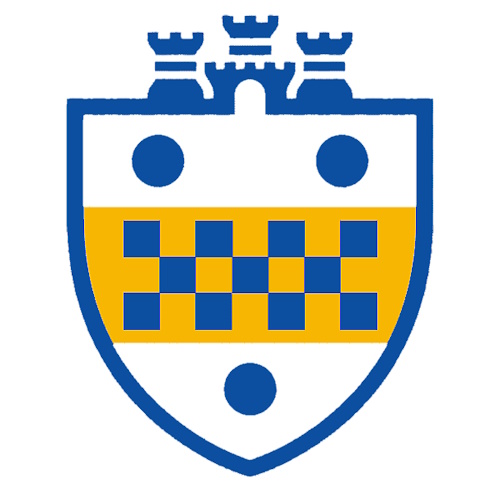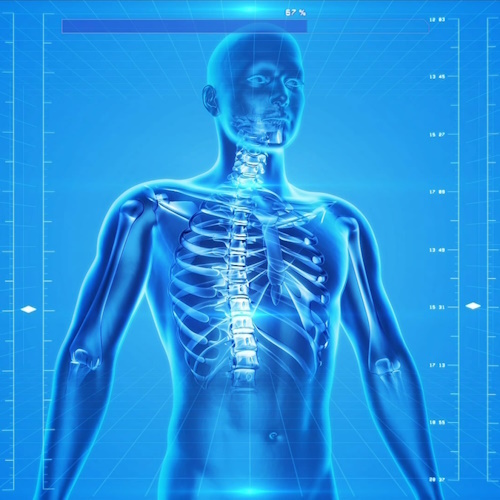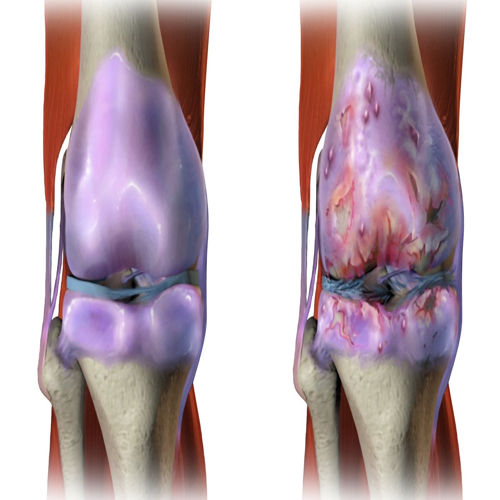Key points from article :
Doctors use a combination of medical history and lab or imaging tests to diagnose osteoarthritis.
It is usually diagnosed only after pain has developed and bone damage has already occurred.
Earlier diagnosis could prevent cartilage deterioration and bone damage.
Researchers developed three-dimensional transport-based morphometry (3D TBM) to identify changes using MRI scans.
They analyzed baseline “cartilage maps” of the participants’ knees.
After three years, compared the maps for the participants who diagnosed with osteoarthritis with those who were not.
Using machine-learning algorithms, The system accurately detected 78% of future osteoarthritis cases.
More studies are needed to determine whether 3D TBM could predict osteoarthritis and benefit for early interventions.
Research by Carnegie Mellon University, University of Pittsburgh ,University of Virginia published in the PNAS.









